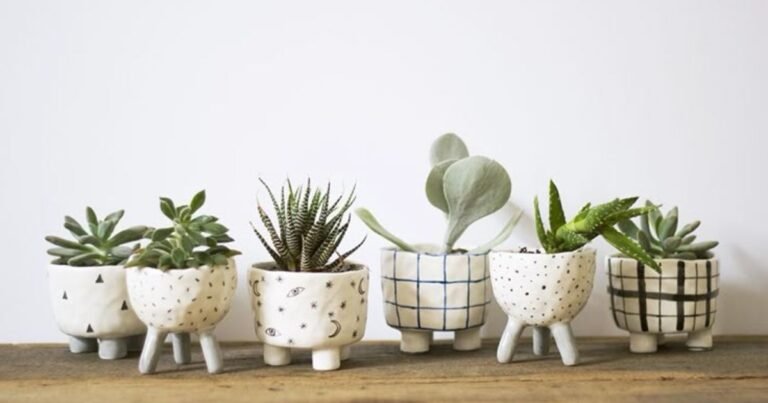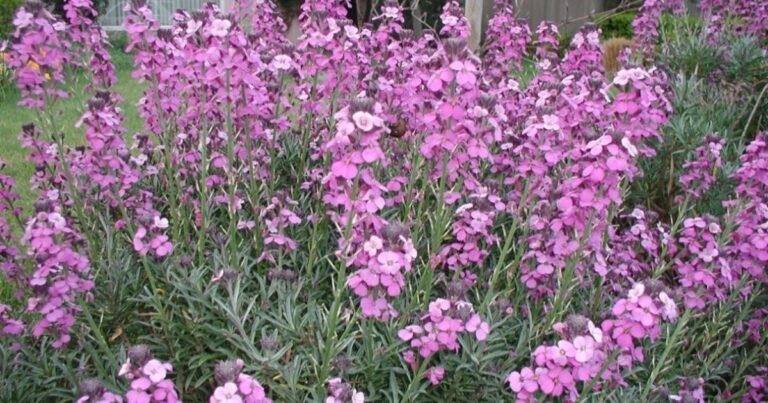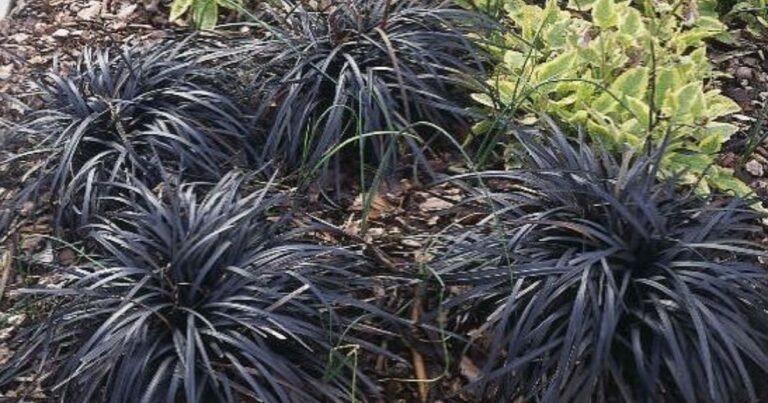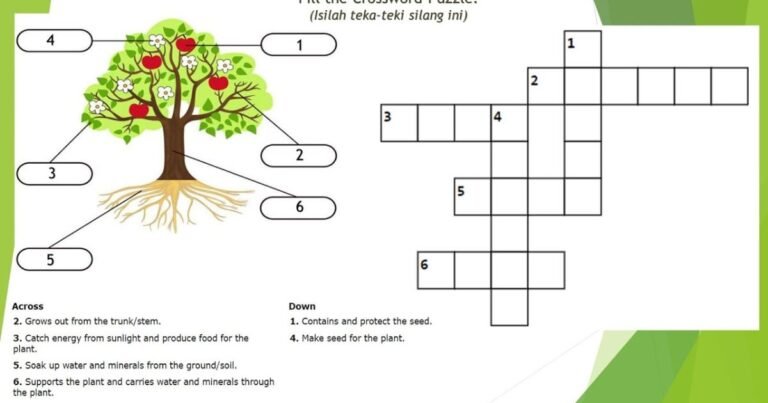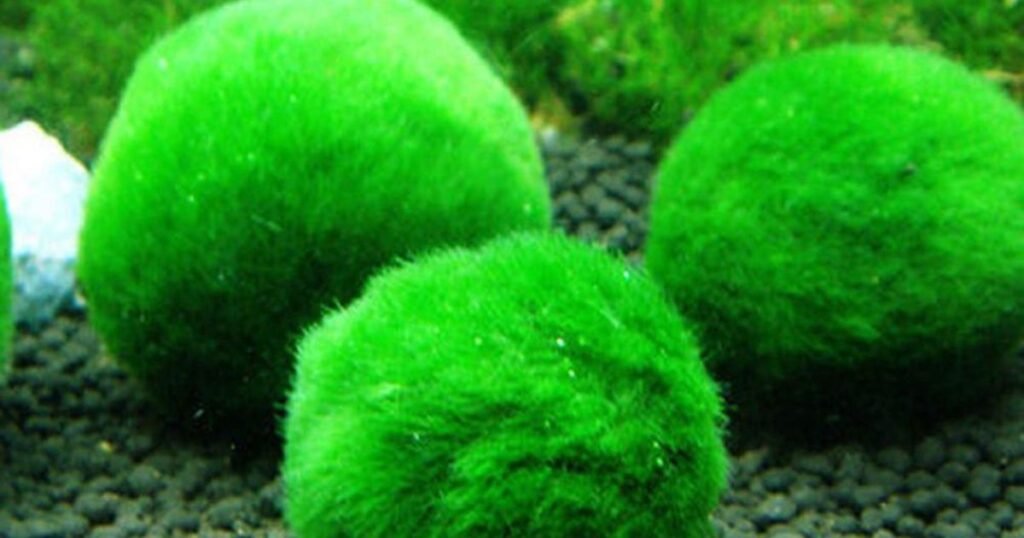
Low-maintenance algae ball plant improving water quality in a tank.
An algae ball plant is a unique aquatic plant often found in freshwater aquariums. It is a dense, green ball made from a type of algae known as Cladophora aegagropila. These balls naturally grow in slow-moving waters and are prized for their natural beauty and water-cleaning abilities. Unlike traditional plants with roots and stems, algae ball plants are round, compact, and soft to the touch.
Why Should You Consider Adding an Algae Ball Plant to Your Aquarium?
Many aquarium hobbyists add algae balls because they help maintain water quality. They absorb excess nutrients like nitrates and phosphates, which helps prevent harmful algae growth. This makes them a natural filter that supports a healthier environment for fish and other aquatic creatures. Additionally, algae ball plants provide a gentle surface for fish to interact with, and they add an interesting visual element to your tank.
How Do You Care for an Algae Ball Plant?
Caring for an algae ball plant is straightforward but requires attention to a few key details:
- Lighting: Moderate, indirect light works best. Too much direct sunlight can cause the ball to turn brown and deteriorate.
- Water Conditions: They thrive in clean, well-oxygenated water. Regular water changes and proper filtration are important.
- Cleaning: Gently squeeze the algae ball occasionally to remove trapped debris. Avoid harsh scrubbing as it can damage the plant.
- Placement: Place it in a calm area of the aquarium where there’s little water current to prevent it from breaking apart.
Following these steps ensures the algae ball stays vibrant and continues to contribute to your aquarium’s ecosystem.
Can Algae Ball Plants Grow Too Large? How to Manage Growth
Over time, algae ball plants can slowly grow and increase in size. If your algae ball becomes too large, you can trim it by cutting off a portion with scissors. The trimmed parts can also be used to propagate new algae balls. Keeping the algae ball at a manageable size helps maintain tank aesthetics and prevents overcrowding.
Common Problems With Algae Ball Plants and How to Fix Them
- Brown or Faded Color: This usually means your algae ball is getting too much direct light or poor water conditions. Move it to a shaded spot and improve water quality.
- Disintegration: Rough handling or fast currents can cause it to break apart. Place it in a calm area and handle gently.
- Mold or Dirt Buildup: Occasionally rinse the ball in aquarium water and gently squeeze to remove trapped debris without harming it.
Why Do Aquarium Enthusiasts Recommend Algae Ball Plants?
Besides their natural beauty and filtration benefits, algae ball plants are low-maintenance and ideal for beginners. They do not require fertilizers or special substrates like many aquatic plants. Their slow growth and minimal care needs make them perfect for anyone wanting to improve aquarium health without extra hassle.For more helpful aquarium tips and supplies, visit One Parish, a trusted source for aquarium enthusiasts.Looking to expand your winter plant collection? Explore our top picks for the best plants for winter hanging baskets — ideal for adding color and life during colder months.
Frequently Asked Questions
How fast does an algae ball plant grow?
Algae ball plants grow slowly, often increasing in size by a few centimeters each year depending on water quality and light.
Can algae ball plants survive in saltwater tanks?
No, algae ball plants thrive only in freshwater environments and do not survive well in saltwater.
How often should I clean my algae ball plant?
Clean your algae ball once every few weeks by gently squeezing it in aquarium water to remove debris.
Are algae ball plants safe for all fish species?
Yes, algae balls are generally safe and non-toxic to most freshwater fish.
